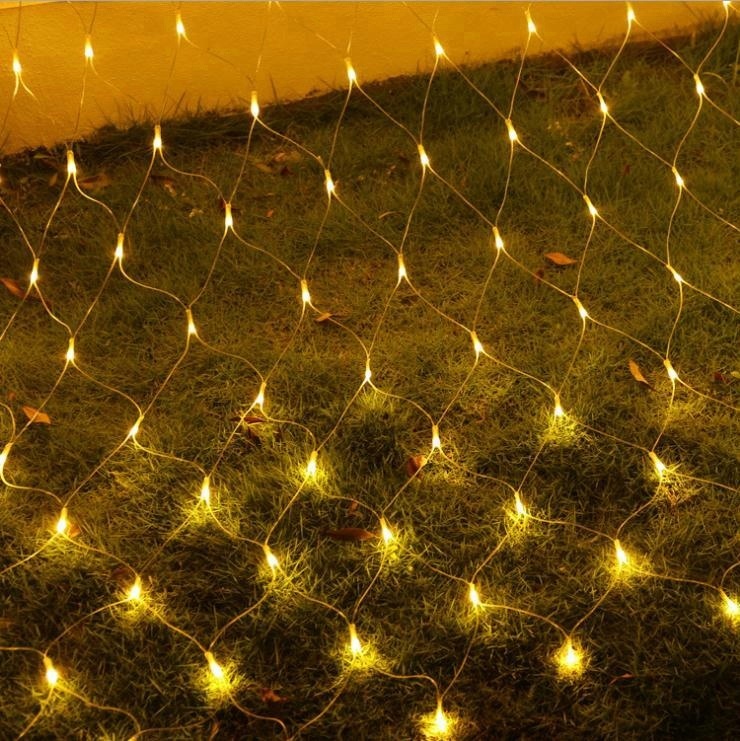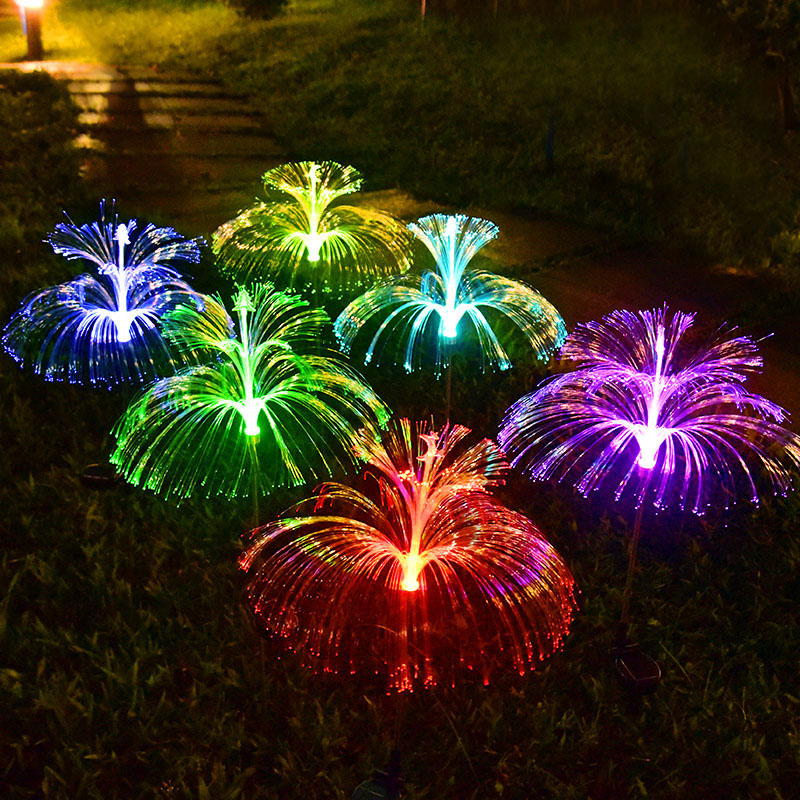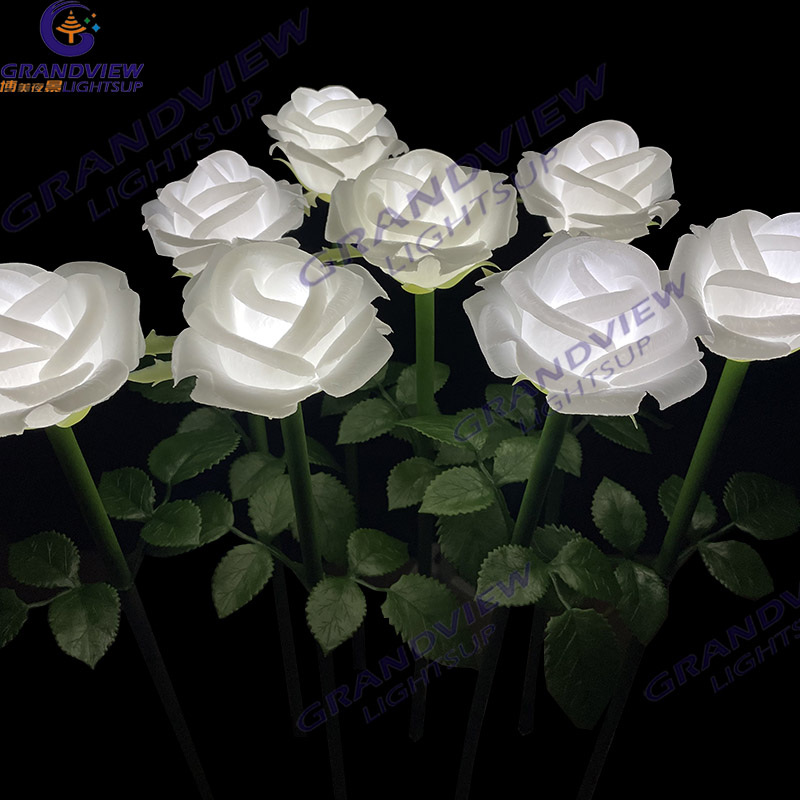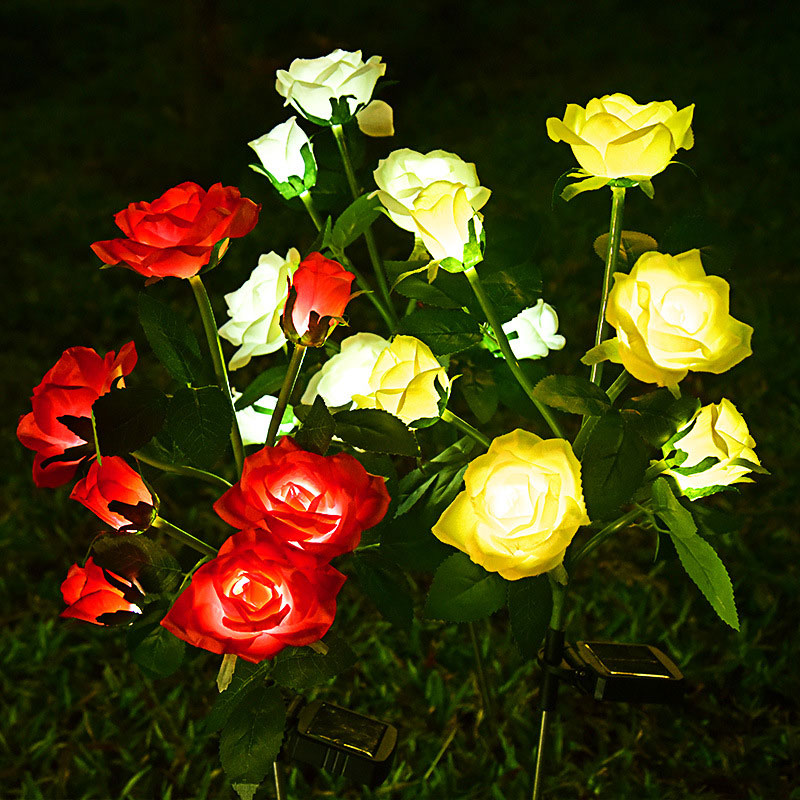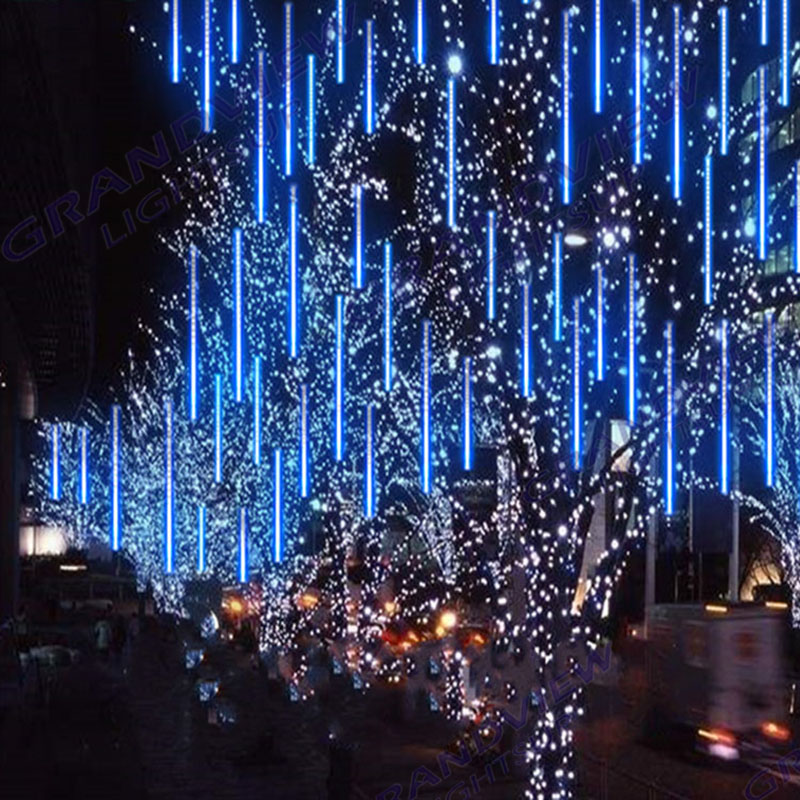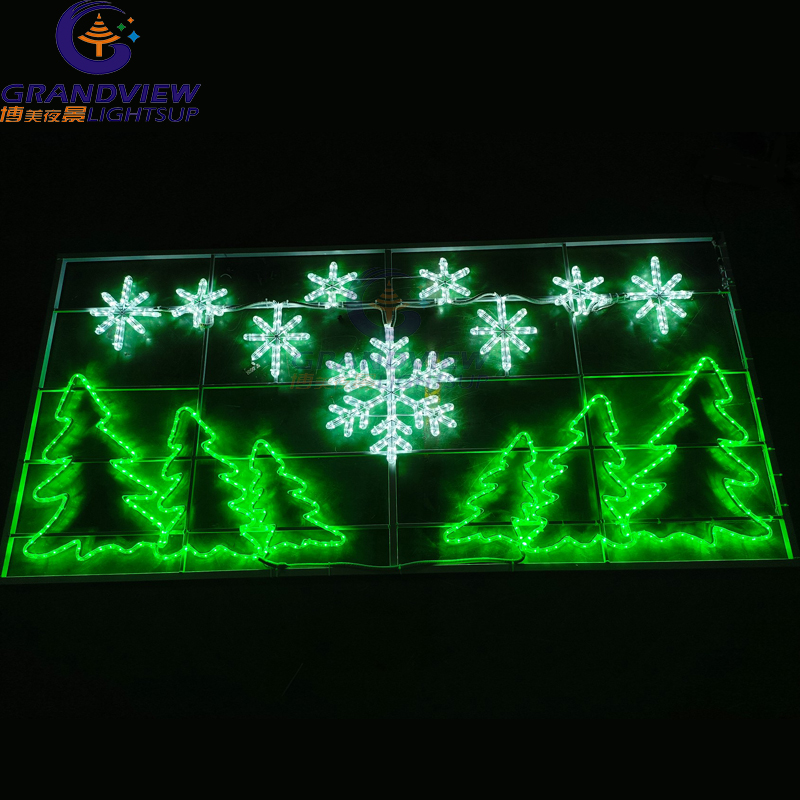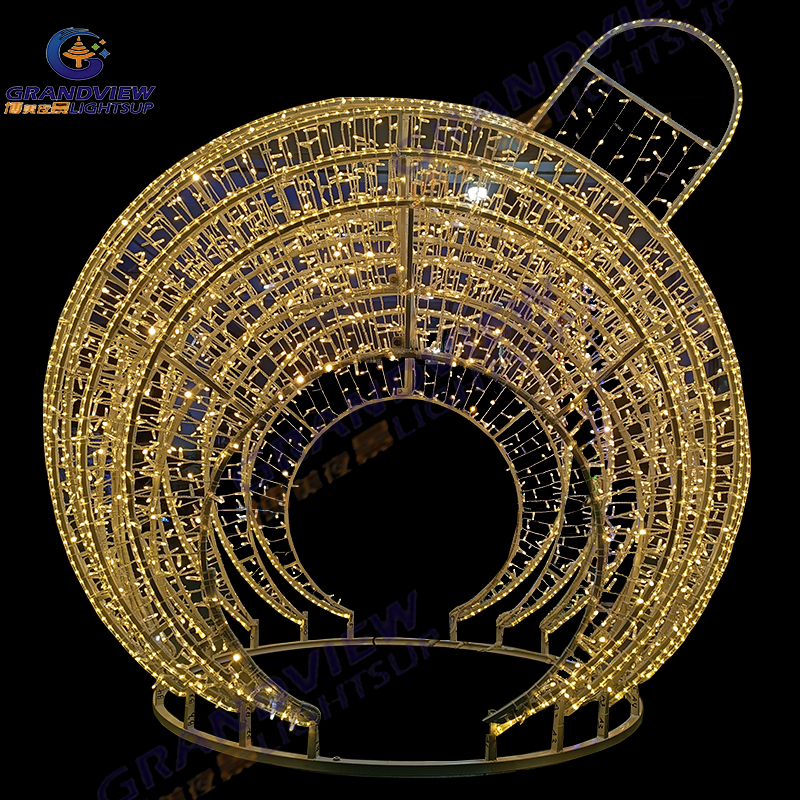Planning is Key
1. Measure Your Space: Before buying lights, measure the area you want to illuminate. This includes the length you need to cover and the height you want the lights to hang. Account for the distance between the outlet and where the first light will be placed.
2. Choose Your Lights: Select the right string lights for your needs. Consider:
Length: Choose a length that matches your measurements or buy multiple strands that can be connected.
Bulb Type: LED bulbs are energy-efficient and long-lasting.
Weather Resistance: Opt for outdoor-rated lights labeled as waterproof or weatherproof.
Style: Choose the bulb style, color temperature, and spacing that suits your aesthetic.
3. Decide on a Hanging Method: Consider the structure you're working with and the desired look.
Hanging Methods
Here are some common ways to hang outdoor string lights:
Using Trees:
Method: Wrap the lights around tree trunks or branches. Use care not to constrict the tree's growth.
Pros: Natural and whimsical look, easy to do.
Cons: May be difficult to reach higher branches, can damage or interfere with tree growth if not installed carefully.
Using Fences or Railings:
Method: Drape or clip the lights along the fence or railing using clips, zip ties, or hooks.
Pros: Easy, straightforward installation, can create defined borders.
Cons: Limited placement options, may not be aesthetically pleasing for some styles.
Using Hooks or Screw-in Hooks:
Method: Install hooks on walls, fences, or eaves and hang the string lights from them.
Pros: Secure hold, versatile placement, easier to remove and reinstall.
Cons: Requires drilling or screwing, leaves small holes when removed.
Using Adhesive Hooks or Clips:
Method: Stick adhesive hooks or clips to smooth surfaces and hang the lights from them.
Pros: Easy installation, no drilling required, temporary option.
Cons: May not be strong enough for heavy strands, prone to falling off in extreme weather or if surfaces aren’t cleaned well before installing.
Using Wire or Cable:
Method: Use a guide wire or cable stretched between two points, and hang the lights from that.
Pros: Creates a clean, professional look, can be used to span longer distances, great for patios or decks.
Cons: Requires more installation effort, may need additional hardware such as turnbuckles and tensioners.
Using Poles or Stakes:
Method: Insert poles or stakes into the ground and attach the lights to them.
Pros: Creates freestanding light arrangements, perfect for open areas.
Cons: Can be unstable in strong winds if not secured properly.
Using Existing Structures:
Method: Utilize pergolas, arbors, or gazebos by wrapping or clipping the lights around them.
Pros: Enhances existing features, often readily available, easy to do.
Cons: Limited placement if you do not have the structures.
Step-by-Step Installation Guide (General):
1. Gather Your Supplies: String lights, hooks/clips/ties, ladder (if needed), measuring tape, outlet adapter (if necessary), guide wire (if applicable), and anything else specific to your chosen method.
2. Test Your Lights: Before hanging, plug in your string lights to ensure all bulbs are working.
3. Install Your Support Structure: Set up your hooks, guide wire, or poles according to your plan.
4. Start Hanging: Begin attaching your string lights at one end, working your way to the other. Avoid pulling the strings too tightly.
5. Secure the Lights: Use clips or ties to secure the lights at intervals and prevent sagging.
6. Plug In and Enjoy! Connect your lights to a power outlet using an outdoor-rated extension cord if needed.
Safety Considerations
Use outdoor-rated lights and cords.
Avoid overloading circuits.
Keep lights away from flammable materials.
Use a ladder safely when working at heights.
Do not hang lights where they could be a tripping hazard.
Turn off the lights before adjusting or removing them.
Tips for Best Results:
Create a Zigzag Pattern: If you want a draped look, use a zigzag pattern between anchor points.
Use a Level: Use a level to ensure straight lines if you are hanging lights along edges.
Hide Cords: Try to hide cords behind structures or use cable clips to keep them tidy.
Vary Height: Experiment with varying heights to create depth and interest.
Start with a Plan: Having a clear vision beforehand will make the process easier.
By following these guidelines, you'll be able to hang your outdoor string lights safely and effectively, transforming your space into a magical and inviting haven.



